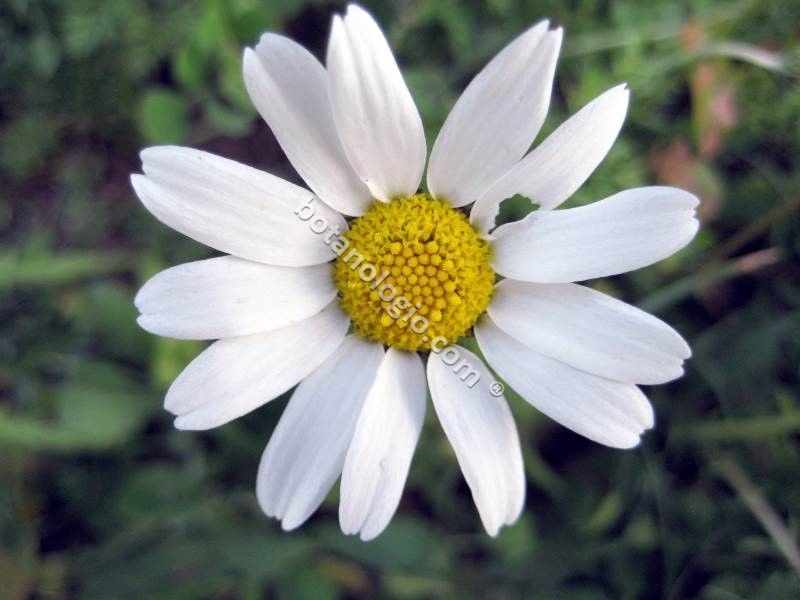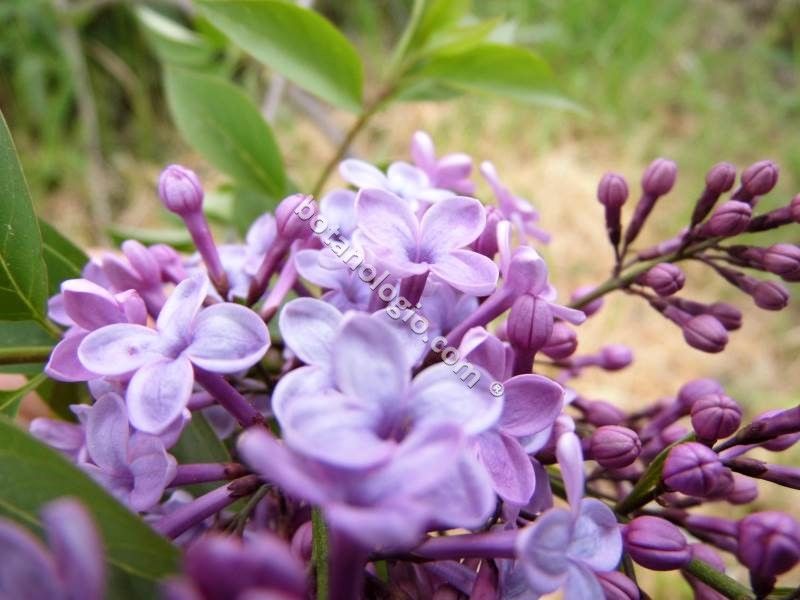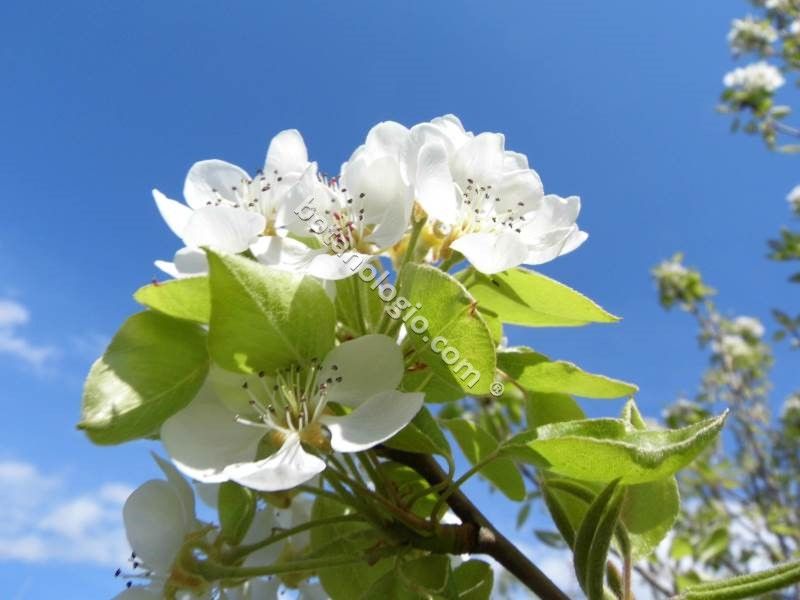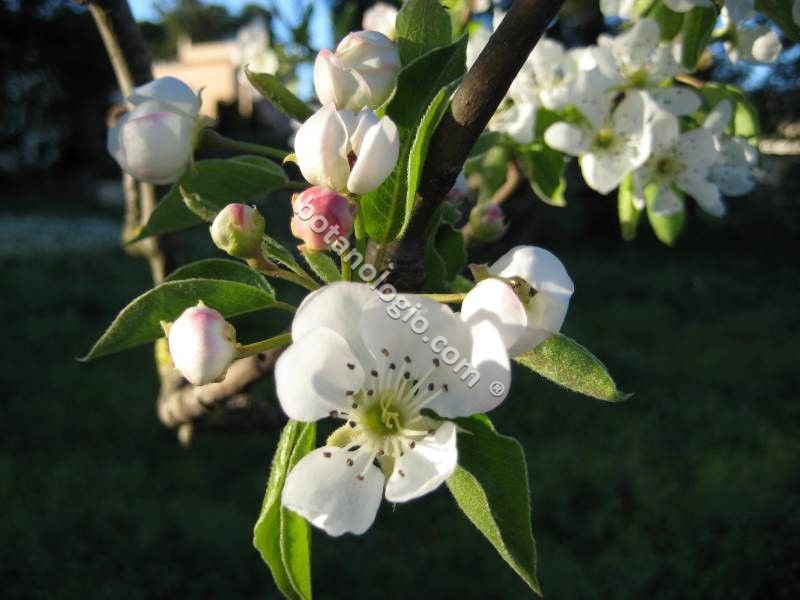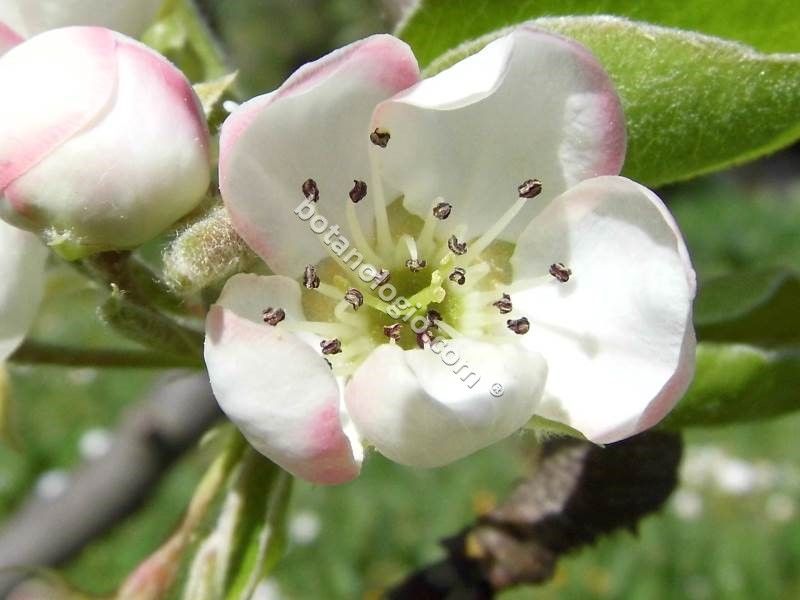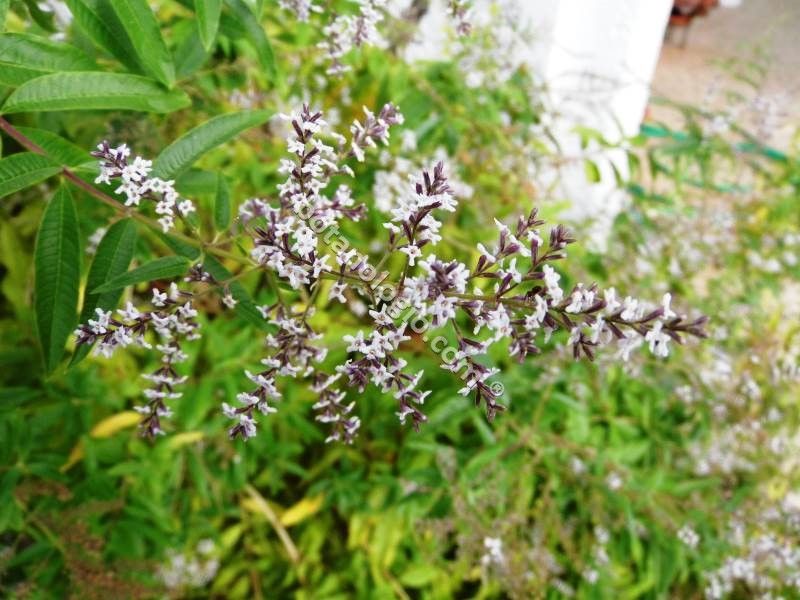Turmeric, characteristics of the herb

Turmeric is a root that is considered both a spice and an herb due to its high nutritional value and its healing properties. You will find turmeric with the scientific name curmuma longa.
The use of turmeric in cooking is widespread, while it belongs to the same family as ginger (Zingiberaseae). The easiest form to find turmeric is in powder form, while it is consumed dried and fresh too. If you prefer to use the powder, prefer organic because it has not undergone much chemical treatment during drying and maintenance.
Turmeric leaves and root have been used since ancient times in traditional Indian and Chinese medicine as a powerful anti-inflammatory, antioxidant and anti-cancer preparation. Now, it is grown all over the world, mainly in tropical and subtropical areas where the climate is friendly to the cultivation of turmeric, while it is not difficult to grow turmeric in your garden for personal use, as turmeric is propagated by its rhizome.
When the root is collected, it must be boiled, dried and then ground into a powder for cooking. Fresh root can be stored in the refrigerator for up to a month. The root is the useful part of the plant and is followed by the foliage for therapeutic purposes.
Characteristic of turmeric is the rhizome, where it is dark brown on the outside and a bright, intense orange on the inside. The taste is slightly spicy and warm, with a sweet aroma.
The ingredients contained in turmeric are rich in vitamins and minerals that often exceed the recommended daily dosages! While its antioxidant action is at the highest levels of herbs and spices known so far. Among other things, it contains fiber, vitamin B6, niacin, vitamin E, vitamin C, potassium, iron, zinc and magnesium. The percentage of iron per 100 grams of turmeric exceeds 400% of the recommended daily intake.
Read about the healing properties of turmeric and the cosmetic uses of turmeric!
